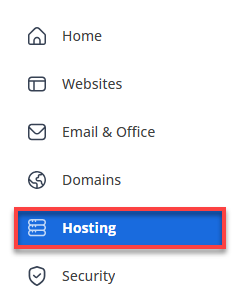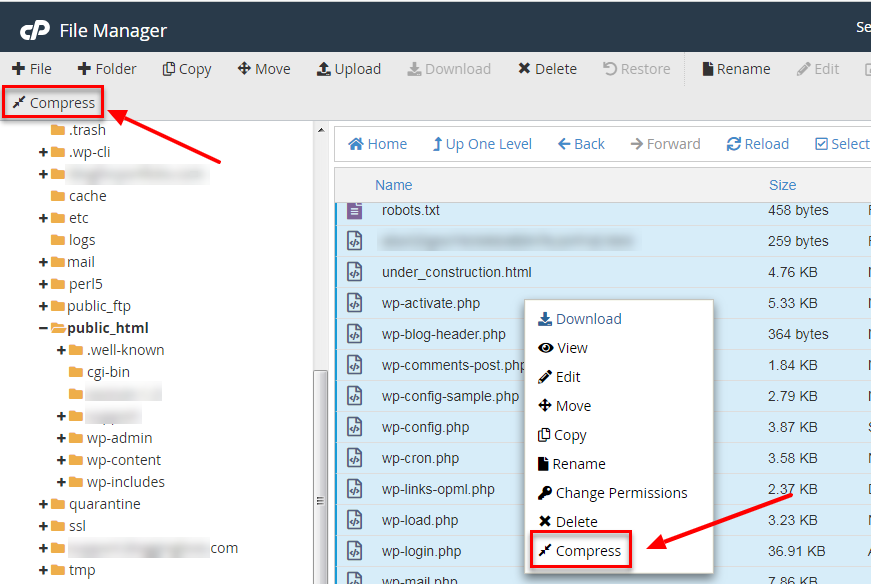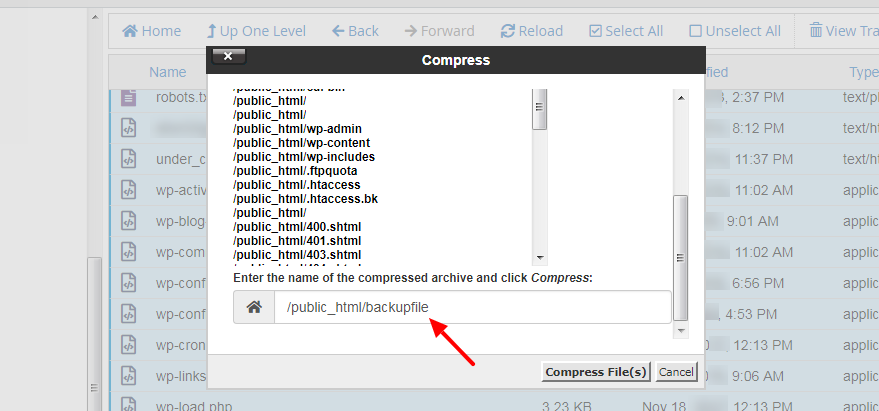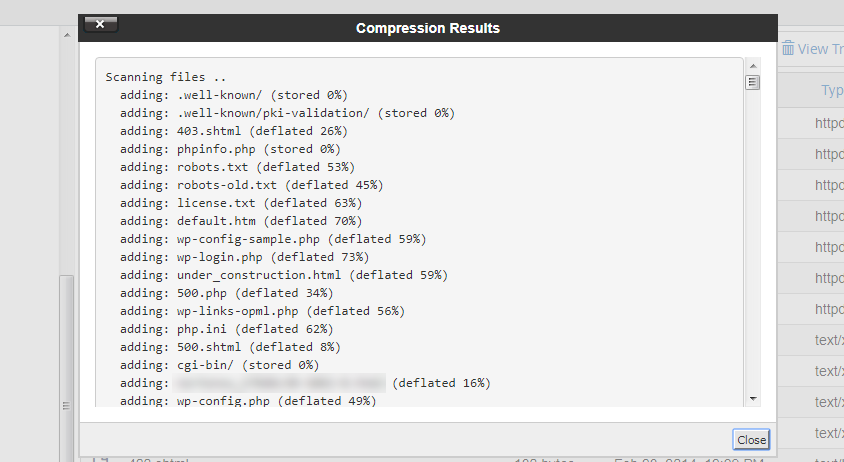How to Compress Files into a GZip Archive Using File Manager
Learn the essentials of file management with our guide on using File Manager. Compress files into a GZip archive with File Manager. Apart from that, if you want to learn more about certain topics, as this is part of our File Manager tutorial series, please click on the Related Articles link below to learn more.
What Is GZip Compression
A compressed file (archive) is a file that contains several other files or folders that have been written in a format that takes up less space. This is helpful when you want to back up files or folders to a local machine. GZip is an application for compressing files on Linux systems. GZip is already implemented on our servers and will allow you to compress and extract files from the file manager. This is not the same as mod_gzip.
Compressing Files into an Archive using GZip
- Log in to your Bluehost Account Manager.
- Click Hosting in the left-hand menu.

- In the hosting details page, click the FILE MANAGER button.

- Navigate to the folder that contains the files or folders you want to compress.
- Select the files or folders you want to compress.
- Hold control to select multiple items or hold shift to select a group of items.
- With the appropriate files and folders selected (usually highlighted in blue), click the Compress icon from the top-left toolbar.

- Alternatively, you can right-click on the selected files and click on Compress from the drop-down menu as pictured above.
- A dialogue box will appear asking which compress type you prefer.

- After choosing your preferred compression, scroll down, and you will see a field indicating the location path of the file. It's better if you keep the file in the public_html directory, but change the file name. (The word after the last forward slash /.)

- Click the Compress File(s) button.
- This is what you will see while the compression is in progress.

- And here's what it will look like once done.

You will now have a GZip(.gz), Zip(.zip), or Bzip2(.bz2) compressed file of the items you selected. For more information on how to extract this or other compressed files, please see our Extracting Files from an Archive article.
Related Articles
Summary
To compress files into a GZip archive in File Manager, log in to your account, open File Manager, and go to the folder with the files you want to compress. Select the files, click the Compress icon, or right-click and select Compress. Choose GZip, name your file, and place it in the public_html directory. Click Compress File(s) to create a .gz archive. This method saves space and organizes files efficiently.
If you need further assistance, feel free to contact us via Chat or Phone:
- Chat Support - While on our website, you should see a CHAT bubble in the bottom right-hand corner of the page. Click anywhere on the bubble to begin a chat session.
- Phone Support -
- US: 888-401-4678
- International: +1 801-765-9400
You may also refer to our Knowledge Base articles to help answer common questions and guide you through various setup, configuration, and troubleshooting steps.